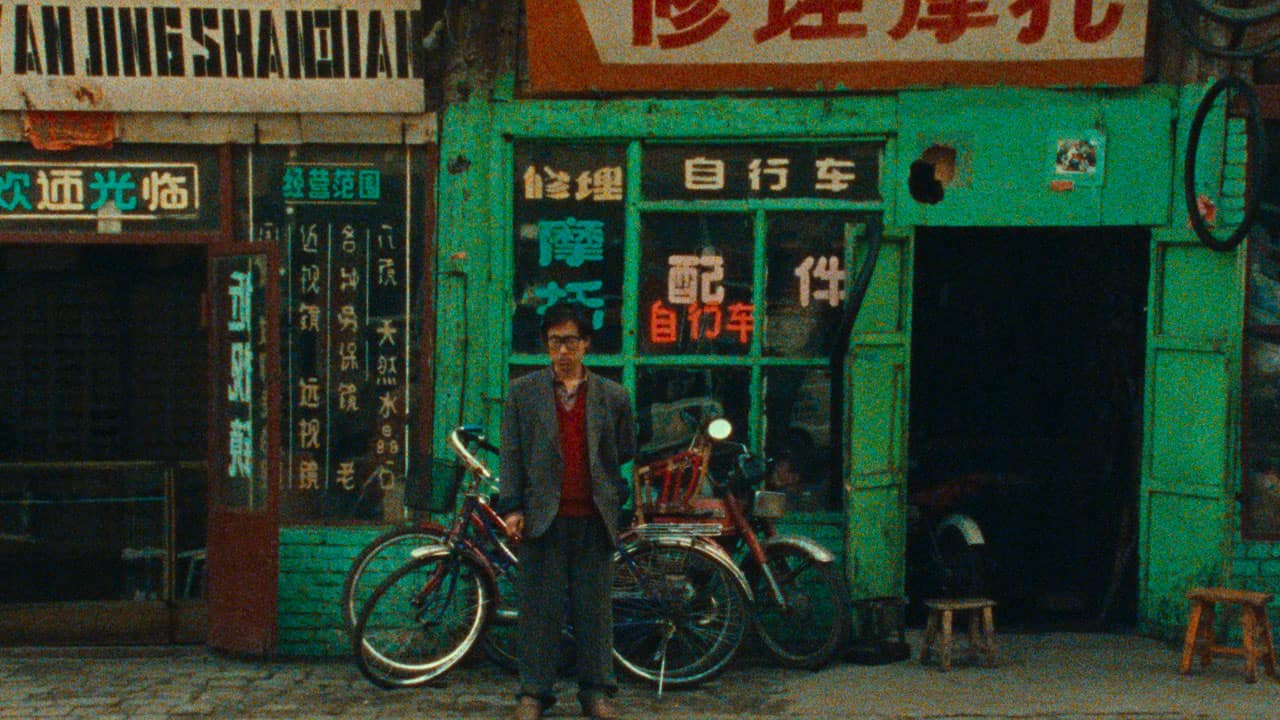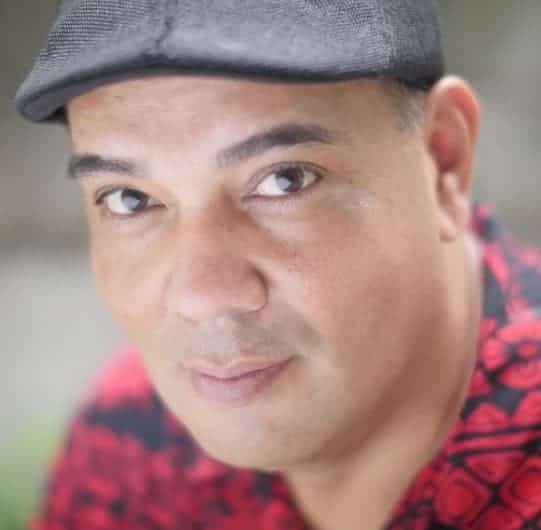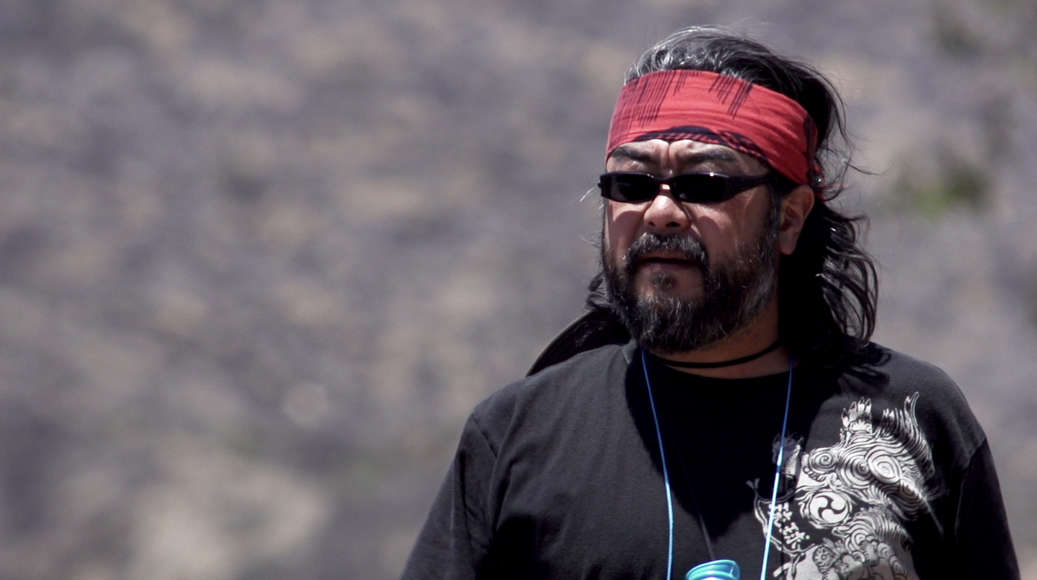Director Suba Sivakumaran was born in Sri Lanka in 1981. Despite her background in political science, she wanted to work in film and in 2012 directed her first short feature titled “I Too Have a Name” [“Enakkum oru per”].
Her first feature film “House of My Fathers” was screened in many festivals such as International Film Festival Rotterdam 2019 where it was part of its “Bright Future”-section. In our interview with her the director discusses her experience shooting the movie as well as the themes of her work, namely structures of power, Sri Lankan society and dealing with trauma.
The story in the film is a metaphor for the 20-year long war between the Sinhalese and Tamil ethnic groups in the country. Can you give us some more details about these events and the situation at the moment?
The 30-year-war between the government of Sri Lanka and the Liberation Tamil Tigers of Eelam ended in 2009. But there is a big gap between no-war and true justice and peace, and we are in the middle of that gap. Democracy is very fragile at the moment, as we saw with an attempted coup in Oct 2018, which was thankfully (and surprisingly) struck down by the Supreme Court. So there are things to celebrate, and things to still continue fighting for.
What is your opinion regarding war and violence in general?
I think that those who have taken up violence, (and those that have enabled violence), will eventually find that violence affects them; that they become permanently changed by violence. I suppose that I am more interested in the nature and effects of violence, rather than the common, sordid acts of violence which have become so normal all over the world. I think we do not yet understand the long term effects of violence and memory, on the future, and perhaps this is what my cinema will always be about.

You could easily make the film a story of “love conquers all” but the ending is rather pessimistic. Why did you choose this approach?
One has to stay faithful to the truth of what one sees. It is interesting, to me this is a love story in some ways, but to others, this has not been interpreted as a love story at all. I can only say that to me, one follows the story that comes to one, and the story is ruthless, and I never felt as though I had much control over what the story was, only how to tell it.
In the film, both leaderships seem to trust their shamans completely. Is this faith in shamanism and maybe magic, a part of life in Sri Lanka?
Yes! Just as poring over astrology signs in newspapers is a part of Western life, astrology and superstitions are a part of religion, ritual and culture in Sri Lanka, with leaders of both sides making important (military) and strategy decisions during the war based on what their astrologers predicted. Magic realism however was something I was very inspired by as a literature student, particularly the magic realism of Marquez, Borges and early Rushdie, that used symbols and magic to explain the violence around them. I don't think reason is enough of a tool to understand the massive traumas that have happened to society, and we need to use our imagination more effectively to come to a different form of understanding.

During the trip of the three protagonists, a number of episodes occur. Why did you choose to shoot the film in this style, and what do these episodes symbolize (the dancing, the soldiers that appear in the night, the line of refugees etc)?
I cannot explain the plot as it is up to the audience to make up its own mind. All I can say is that during the war, we chose to forget many things. Forgetting was important to survival, as was the ability to remove things from our mind. It kept one able to keep going forward. But now, these things are floating around in our collective and personal memory, and that is what they encounter in the forest, the memories which they cannot forget, and which forms their sadness.
What does the presence of the Strange Doctor symbolize?
While that is up to viewers to formulate their own mind, from my point of view, as is said in the film as well, the Strange Doctor is a peace broker, a peace keeper. Just like the international community often sends international peace keepers to conflict countries to help them negotiate a peace (in Sri Lanka's case, it was the Norwegians). For me he symbolizes many other things as well, but that is personal and not relevant to how the audience will meet him.

The style of the narrative includes much surrealism and a sense of disorientation. Was it difficult for the actors to adapt to this style and how did you guided them for their roles? In general, how was the casting process for the film like?
The actors were formed of both non-actors (the actress), and trained, experienced actors (Asoka, the Strange Doctor). I think it was like acting for any other film, lots of discussions between director and actor, rehearsals and then, on the day of the shoot, something else happens, both good and bad, and that element of spontaneity is important to be open for. Casting was not open casting as I already knew who I wanted for many of the roles and I was thrilled that my first choice for each role gratefully accepted.
Kalinga Deshapriya's cinematography is excellent. Can you give us some details about your collaboration and the locations the film was shot in?
This is the second film I've done with Kalinga (the first was the short I TOO HAVE A NAME, Berlinale 2012). I like working with people who are capable of originality, capable of experimenting, and not afraid of risk and failure. We spent a long time talking about the film, and in particular what was the meaning and focus of each shot. We knew early on we wanted a variety of movements, not just static shots and dolly shots, but Steadicam, as well as an Easyrig, to show the disorientation. Kalinga's expertise is in working with available light, movement, clarity and particularly, color and our focus was on creating simple images that carried meaning. I also knew that I wanted to shoot the movie in 4:3, which was a new thing for him and for our camera crew, who were initially themselves very disorientated by it but by the end absolutely loved it. All locations were in Sri Lanka, mainly in a jungle.

What was the shooting like? Any memorable episodes, good or bad?
The shooting was an experience that bonded all of us. We spent nearly 30 days in the jungle, with wild elephants, crocodiles, cobras, and later, unexpected early start of monsoon rains. We used to get up at 4am in the morning, drive for 2 hours to the jungle, spend 14 hours there, come back at 10pm, as our schedule was incredibly tight. I could write a book about the shooting experience, but unfortunately many of our memories can't be written in print.
What is the situation with Sri Lankan cinema at the moment? Are you working on any new projects?
I feel as though Sri Lankan independent cinema (not mainstream cinema) is flowering at the moment, with a lot of young filmmakers entering the scene, and a lot of the more established guard progressing their own cinema. Both are important to maintain. Sri Lankan Tamil cinema has lagged behind Sinhala film production, and I would like to see more and more Sri Lankan Tamil cinema come forward with its own language and stories.. The independent industry is very supportive however, and the older guard such as Prasanna Vithanage, Asoka Handagama and Vimukthi Jayasundara fought to create a space for more critical cinema, for which all of us who came afterwards should be very grateful for.















